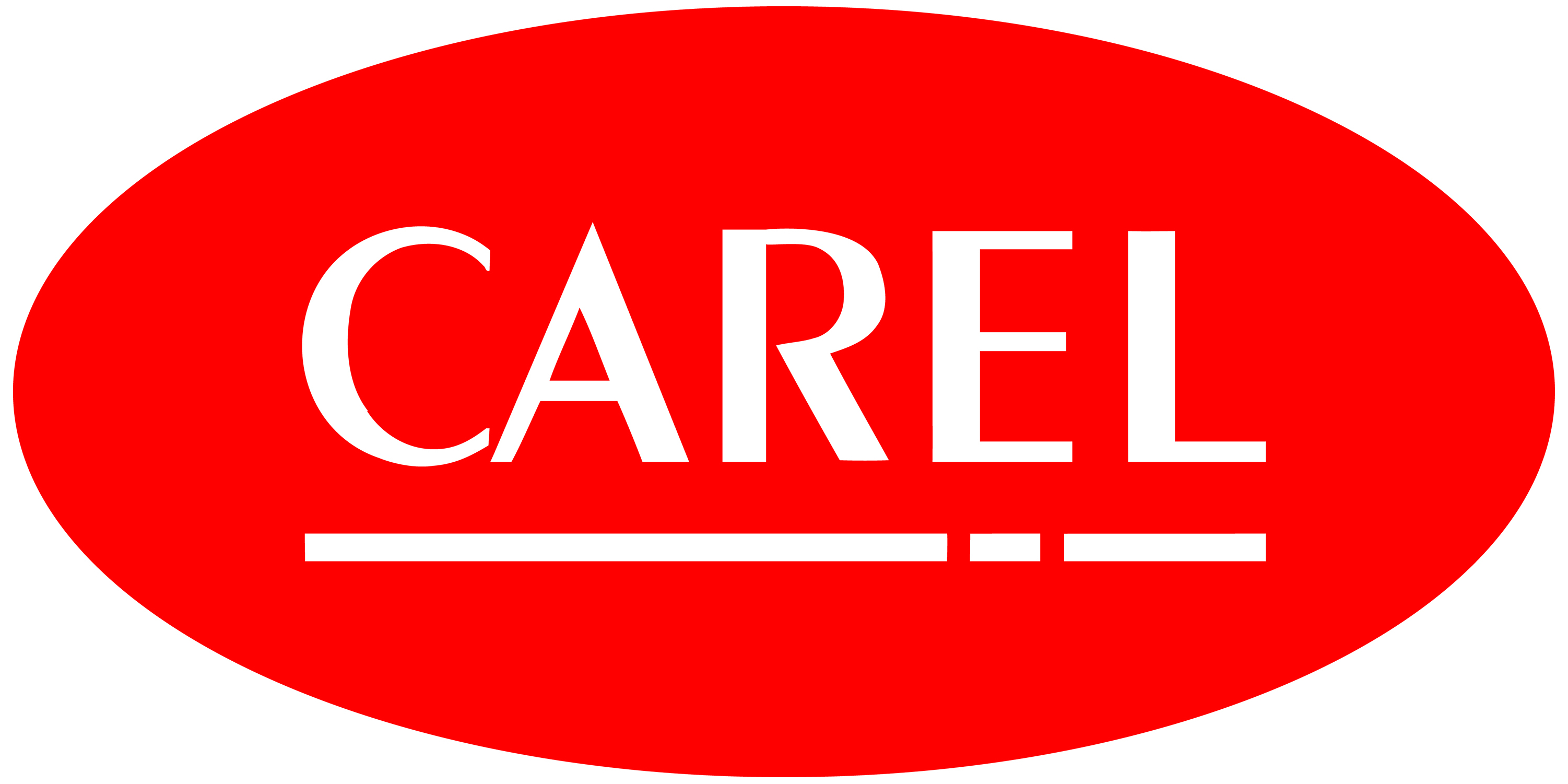« Back
Impact of air conditioning on relative humidity
Topics
Bloggers
|
Adriana Guinicelli
posts: 1
Date: 8/7/25
|
|
Piero Zanchetta
posts: 1
Date: 7/31/25
|
|
Giovanni Bonesso
posts: 3
Date: 7/24/25
|
|
Luca Milani
posts: 2
Date: 7/17/25
|
|
Michael Tesfaye Solomon
posts: 3
Date: 7/10/25
|
|
Riccardo Conte
posts: 1
Date: 7/3/25
|
|
Miriam Solana Ciprés
posts: 59
Date: 6/26/25
|
|
Marco Cipriani
posts: 2
Date: 6/19/25
|
|
Elisa Cecchetto
posts: 1
Date: 6/5/25
|
|
Davide Di Dia
posts: 4
Date: 5/29/25
|
|
Paolo Liberati
posts: 2
Date: 5/22/25
|
|
Francesco De Rossi
posts: 1
Date: 5/8/25
|
|
Luca Brotto
posts: 8
Date: 4/29/25
|
|
Claudia Grossi
posts: 3
Date: 4/10/25
|
|
Veronica Merenda
posts: 2
Date: 3/27/25
|
|
Raul Simonetti
posts: 38
Date: 3/20/25
|
|
Andrea Mameli
posts: 1
Date: 3/13/25
|
|
Viktor Vitell
posts: 1
Date: 3/6/25
|
|
Matteo Galenda
posts: 9
Date: 2/20/25
|
|
Giulio Dal Lin
posts: 3
Date: 2/13/25
|
|
Enrico Boscaro
posts: 12
Date: 1/30/25
|
|
Biagio Lamanna
posts: 26
Date: 1/23/25
|
|
Franco Faletti
posts: 1
Date: 1/16/25
|
|
Chiara Tonon
posts: 4
Date: 1/9/25
|
|
Claudia Piva
posts: 2
Date: 12/5/24
|
|
Michael Aarup
posts: 8
Date: 11/28/24
|
|
Fabrizio Brancher
posts: 3
Date: 11/14/24
|
|
Jacopo Bettio
posts: 2
Date: 11/7/24
|
|
Martina Negrato
posts: 1
Date: 10/10/24
|
|
Alessio Novi
posts: 1
Date: 10/3/24
|

































